Earn a certificate & get recognized
Database Management Systems (DBMS)
Instructor:
Ms. Krishna RauljiLevel
Learning hours

Learners
Skills you will learn
About this Live Course
This Live course will be delivered in Hindi. It will cover all the concepts of Database Management Systems (DBMS) under the Computer Science/IT/IS branch syllabus for 2nd/3rd year. This course is specially designed to help you understand the concepts you need help in. This course will help you in solving numericals, answer questions, understand concepts & prepare for your internal/exams.
Online Classes Advantage with Great Learning Academy:
- Live Interactive Classes
- Structured Classes & Schedule
- Access recording of missed classes
- PYQs and Practice questions
Class Schedule
Our instructor

Ms. Krishna Raulji
Faculty for Computer Science Engineering
Computer Science/IT/IS Expert
Frequently Asked Questions
Will I get a certificate after completing this Database Management System free course?
Yes, you will get a certificate of completion for Database Management Systems DBMS after completing all the modules and cracking the assessment. The assessment tests your knowledge of the subject and badges your skills.
How much does this Database Management Systems course cost?
It is an entirely free course from Great Learning Academy. Anyone interested in learning the basics of Database Management Systems can get started with this course.
Is there any limit on how many times I can take this free course?
Once you enroll in the Database Management Systems course, you have lifetime access to it. So, you can log in anytime and learn it for free online.
Can I sign up for multiple courses from Great Learning Academy at the same time?
Yes, you can enroll in as many courses as you want from Great Learning Academy. There is no limit to the number of courses you can enroll in at once, but since the courses offered by Great Learning Academy are free, we suggest you learn one by one to get the best out of the subject.
Why choose Great Learning Academy for this free Database Management Systems course?
Great Learning Academy provides this Database Management Systems course for free online. The course is self-paced and helps you understand various topics that fall under the subject with solved problems and demonstrated examples. The course is carefully designed, keeping in mind to cater to both beginners and professionals, and is delivered by subject experts. Great Learning is a global ed-tech platform dedicated to developing competent professionals. Great Learning Academy is an initiative by Great Learning that offers in-demand free online courses to help people advance in their jobs. More than 5 million learners from 140 countries have benefited from Great Learning Academy's free online courses with certificates. It is a one-stop place for all of a learner's goals.
Here is the Database management system course for the students who want to study for their placement or College studies. This course is beneficial for all. This is mainly for storing the data in a safe place. So we provide the full DBMS course so that everyone can understand the basics of DBMS.
First, File Management was mostly used by the users because of its simple structure and it was cheap. But as time increases, the File Management system is not secure and it is for only small systems like C++.
To overcome this, we use a Database Management system.
Computer scientists have developed a large body of concepts and techniques for managing data because information is so important in most organizations.
What is Database Management System?
- Database Management System(DBMS) is software that is used to manage the database. For example, a commercial database is MySQL, Oracle which is used in different applications.
- DBMS provides an attachment to perform various operations like creating a database, storing data, updating data, creating a table in the database etc.
- It provides protection and security to the database. It also maintains data consistency for multiple users.
- It is used for large systems like Oracle.
- It is expensive.
- It has a complex structure rather than a simple structure in file management.
- Designing is a very important part of DBMS.
- More secure than file management.
- Multi-user can work on it but only a single user works on the data in file management.
- It can share data means more applications work on the same data.
- It is complex.
- Manipulating a database includes functions such as querying the database to retrieve specific data, updating the database and generating reports from the data.
DBMS allows users the following tasks:
-
Data Definition:-
It is used for the creation, modification, and removal of database objects that defines the organization of data in the database.
-
Data Updation:-
It changes the actual data in the database like insertion, modification and deletion operation.
-
Data retrieval:-
It is used to get back the data from the database which can be used by applications for various purposes.
-
User administration:-
It is used for registering and observing the users, maintaining data integrity, enforcing data security, dealing with concurrency control, monitoring performance and recovering information corrupted by unexpected failure.
Let’s take an example to understand DBMS:
In a system of banking, suppose a customer is having two accounts, one is a saving account and another is a salary account. Let’s say bank stores saving account data at one place(these places are called tables) and salary account data at another place, in that case, if the customer information such as customer name, address etc. are stored at both places then this is just an overuse of storage (redundancy/duplication of data). To organize the data in a better way the information should be linked to that information somehow. The same thing we achieve in DBMS.
Types of DBMS
-
Hierarchical DBMS:-
In this DB, model data is organized in a tree-like structure. Data is stored in a hierarchical or gradual (top-down or bottom-up) format.
-
Network model:-
This model allows multiple parents to each child. It helps you to address the need to model more complex relationship like the many to many relationships.
-
Relational model:-
It is the most commonly used DBMS model because it is one of the less complicated. This model is based on controlling data in the rows and columns of the tables.
-
Object-Oriented model:-
In this type of model, data is gathered in the form of objects. The formation is called classes which display data within it. It defines a database as an assembly of objects which stores both data members values and operations.
What is the database management system function?
-
Data Dictionary:-
A database system will support a Data Dictionary(or Data Directory or DBMS Catalog), which contains information like Data types, Relationships amongst the data and Data Constraints of the underlying database. In addition, it also contains information about Authorized Users of the database like their Access Rights. Since this information defines the nature of the data stored in the database, it is called metadata(data about data). This information makes the DBMS software independent of its concealed database. When a need arises to change the structure of data, no changes need to be made to the DBMS software; only the dictionary is updated to reflect the changes. Whereas in a file processing system, the application programs would need to be replaced. Also, this feature makes the DBMS software generic. The same DBMS can be used for a different organization having an entirely different set of data; the distinguishing feature will be the information stored in the Data Directory. This feature of DBMS is generally invoked as ‘Self Describing Nature of a Database’ since the information stored in the Data Dictionary fully describes the nature of the data stored in the Database.
-
Storage Management:-
DBMS supports a File manager to manage the allocation of disk space for the DBMS files. Also, it supports a Buffer Manager to manage the memory buffers, used for processing database information. Whenever some information is to be updated, it is first read from the files into the buffer, where it is manipulated and then the updated information is written back into the files.
-
Language interfaces:-
DBMS supports language interfaces with 4GL languages like PL/SQL for data manipulation applications.
-
Transaction Management:-
DBMS ensures atomicity of transaction processing. A Transaction, when executed reconstruct the database from one consistent state to another consistent state. During its execution, a log is managed in a system Log File of all the operations performed by the Transaction. If a Transaction stops during its execution, then the log file is used to roll back the transaction during recovery of the database. This assures the atomicity of transaction processing.
-
Concurrency control:-
DBMS will support concurrency control tools for granting multiple users or application programs to access the database concurrently while securing the consistency of the database.
-
Security Management:-
The security system of a database system will ensure that only the authorized users can access the database; and that too only to the extent, which is specially authorized by the database administrator. The authorized Access Rights are explicitly stored in the Data dictionary. The approach by each user and the type of operations performed on various data will be observed and controlled by the DBMS. This will protect database against the authorized/malicious access.
-
Database Recovery:-
Since DBMS maintains a log of all transactions being executed, it will enable recovery of the concealed database, in the event of failures. For example, if a transaction stops during its execution, it is rolled back to its initial state; thus returning back to the consistent state that existed prior to the commencement of the failed transaction. This is made feasible by the information stored in the system log file. Also, DBMS will support taking regular backups, which are used to recover databases in case of catastrophic failures; like a Disk crash.
Database and its advantages
A database system is primarily a computer-based record-keeping system.
It is a collection of data or collection of interrelated data stored together to serve multiple applications.
Intention of database is that the same collection of data should serve as many application as possible. Databases are widely used.
Advantages:-
- It is used in Enterprise Information.
- It is also used in Banking and Finance.
- It is also used in Universities.
- It is used in Airlines.
- Telecommunication also uses database systems.
What are the main functions of a database system?
Database systems are primarily developed for large amount of data. When dealing with large amount of data, there are two things that require accumulation: Storage of data and retrieval of data.
The Database is a standardized collection of structured data to make it easily accessible, amendable and update. In simple words, we can say, a database is a place or location where the data is stored. The best correlation is the library. The library contains a huge collection of books of a different category, here the library is a database and books are the data.
During early computer days, data was gathered and stored on tapes, which were mostly write-only, which means once data is stored on it, it can never be read again. They were slow and heavy, and soon computer scientists realised that they needed a better solution to this problem.
Advantages of DBMS
- Redundancy and inconsistency:-
Redundancy reduces data duplication.
Data inconsistency is a condition that appears between files when similar data is kept in different patterns in two different files, or when matching of data must be done between files. As a result of data inconsistency, these files duplicate some data such as addresses and names negotiate data integrity.
- Data isolation:- It defines how/when the changes made by one operation become clear to other.
- Data integrity:- This can be indicated by the absence of alteration between two updates of data record, meaning data is unchanged.
- Atomicity of operations:- An atomic transaction is an inseparable and irreducible series of database operations such that either all occur or nothing occurs.
- Concurrency:- It is the ability of a database to allow multiple users to influence multiple transactions. Ex- spreadsheets.
- Security.
Disadvantages of DBMS
- The cost of hardware and software of a DBMS is actually high which increases the cost of your organization.
- Most DBMS are often complex systems, so training for users to use the DBMS is required.
- The use of the same program at a time by many users sometimes lead to the failure of the same data.
- DBMS can’t implement sophisticated calculations.
- Database system creates additional complexity and requirements.
- Failure highly clashes in the database because in most of the organization, all the data stored in a single database and if the database is busted due to electric failure or database extortion then the data may be missed forever.
- It occupies a large extent of disks and large memory to run efficiently.
Popular DBMS software
- MySQL
- Microsoft Access
- Oracle
- Postgre SQL
- dBASE
- FoxPro
- SQLite
- IBM DB2
- Microsoft SQL Server
What is the role of a database system?
Database systems originated in response to the early methods of computerized management of commercial data. As an example of these methods, typical of the 1960s, consider part of a university organization that, among other kinds of data, keeps information about all adviser, students, departments, and course offerings. There is a way to keep the information on a computer. It is to store it in operating system files. To allow users to manipulate that information, the system has a number of application programs that influence the files, including programs to:
- Add new students, instructors, and courses
- Register the students for different courses and generate class rosters
- Assign the grades to students, compute grade point averages, and generate transcripts
System programmers developed these application programs to meet the obligation of the university.
New app programs are added to the system as the need appears. For example, suppose a university decides to create a major (say, computer science). As a result, the university generates a new department and creates new files that are permanent (or adds information to existing files) to record or store information about all the instructors in the department, students in that major, course offerings, degree requirements etc. The university might have to write new application programs to deal with rules fixed to the new major. New app programs may also have to be written to grasp new rules in the university. Thus, as time goes by, the system get more files and more application programs.
This symbolic file-processing system is supported by a conventional operating system. The system keeps permanent records in various files, and it needs different application programs to excerpt records from and add records to, the appropriate files. Before database management systems (DBMSs) were initiated, organizations usually stored information in such systems.
Keeping supervisory information in a file-processing system has a number of major disadvantages:
- Data redundancy and inconsistency.
- Difficulty in accessing data.
- Data isolation.
- Integrity problems.
- Atomicity problems.
- Concurrent access anomalies.
- Security problems.












.jpg)









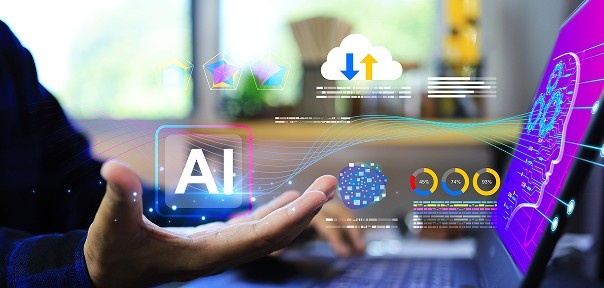
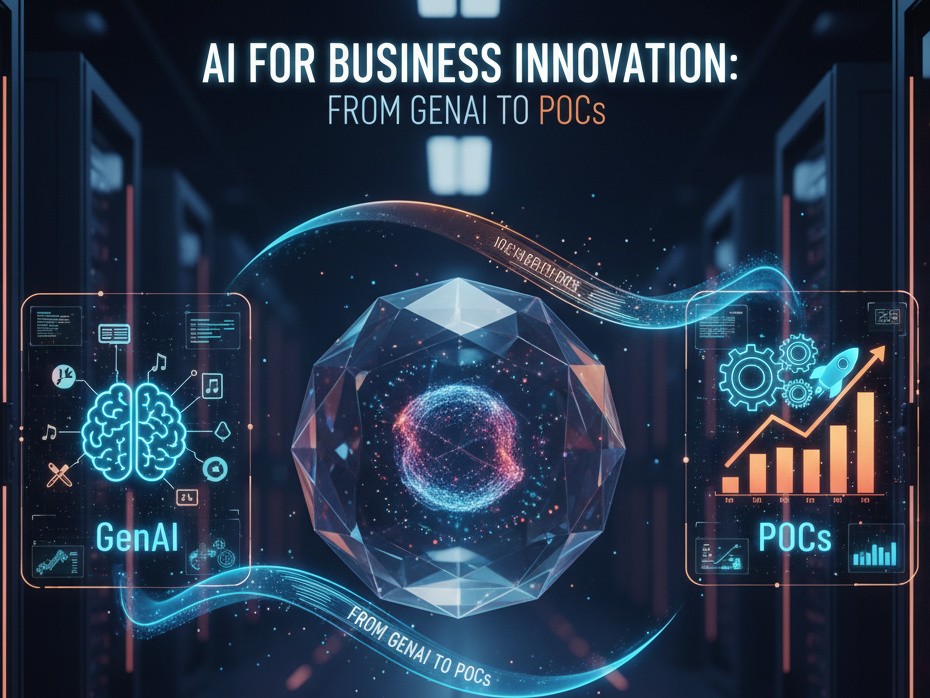

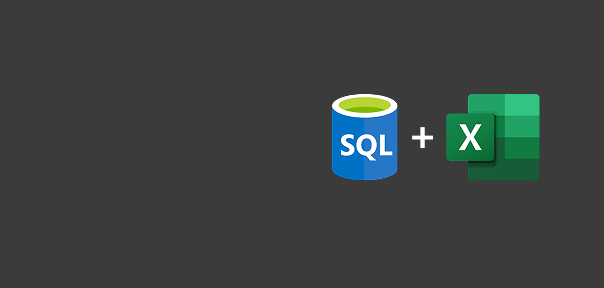
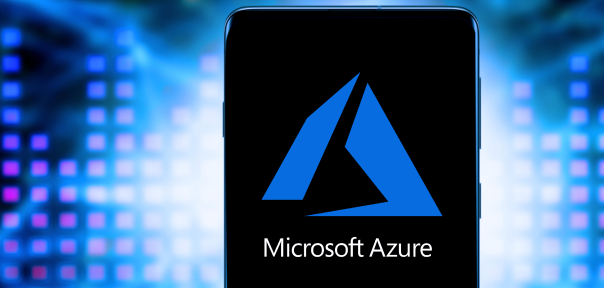
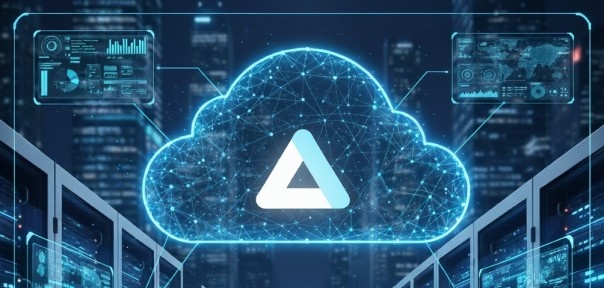
 (1).png)



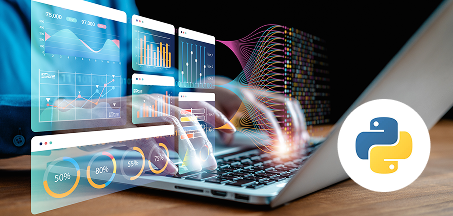

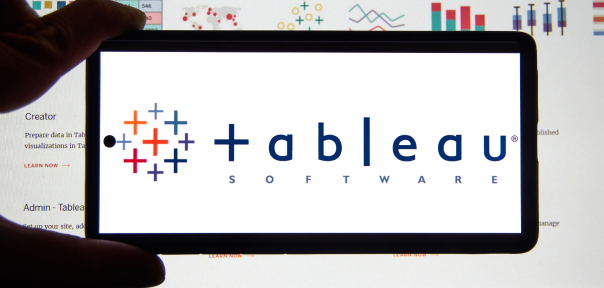
.png)
 (1).jpg)
.png)
.png)
.png)
.png)
.png)

.png)

.png)
.png)
.png)

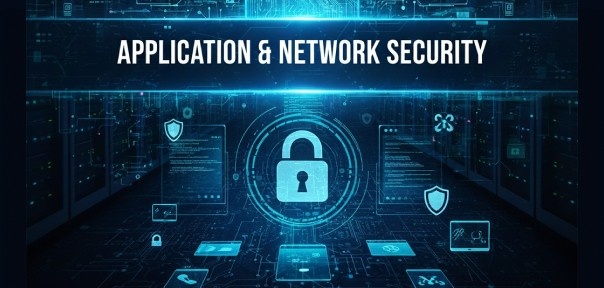
.png)

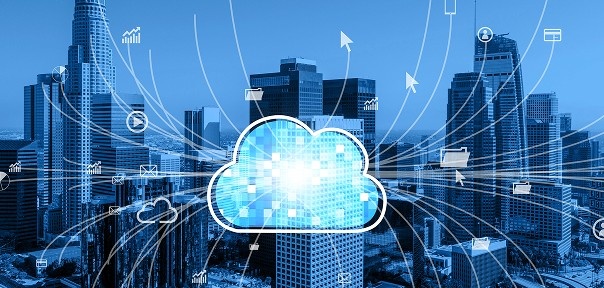
.png)
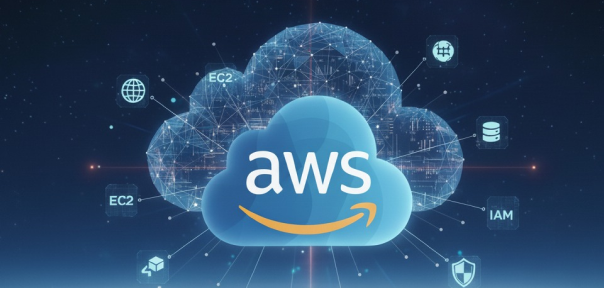
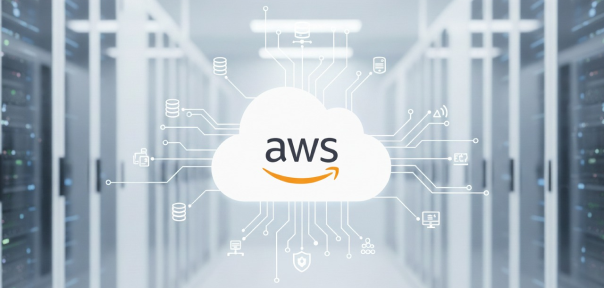
.jpg)
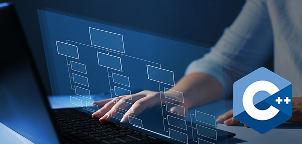

.png)
.png)
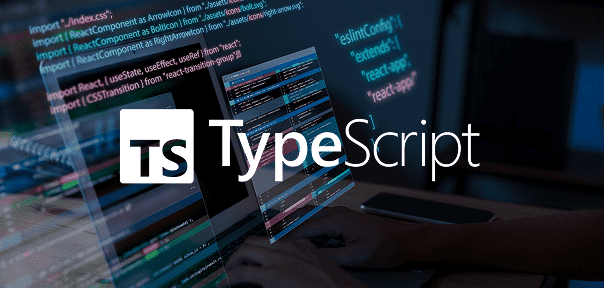

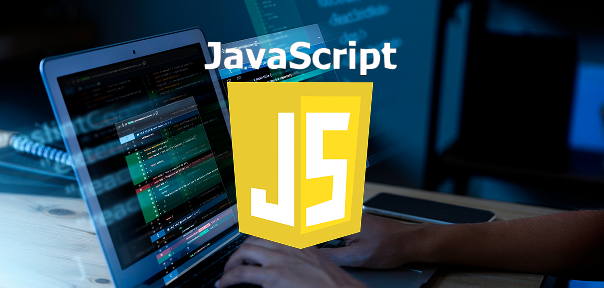
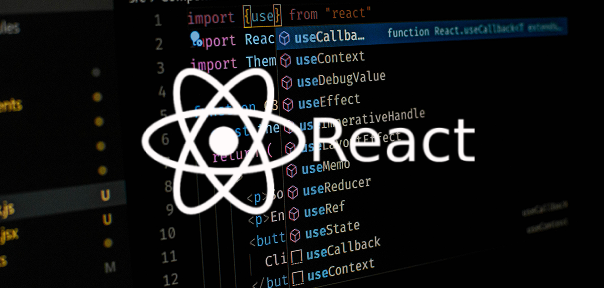
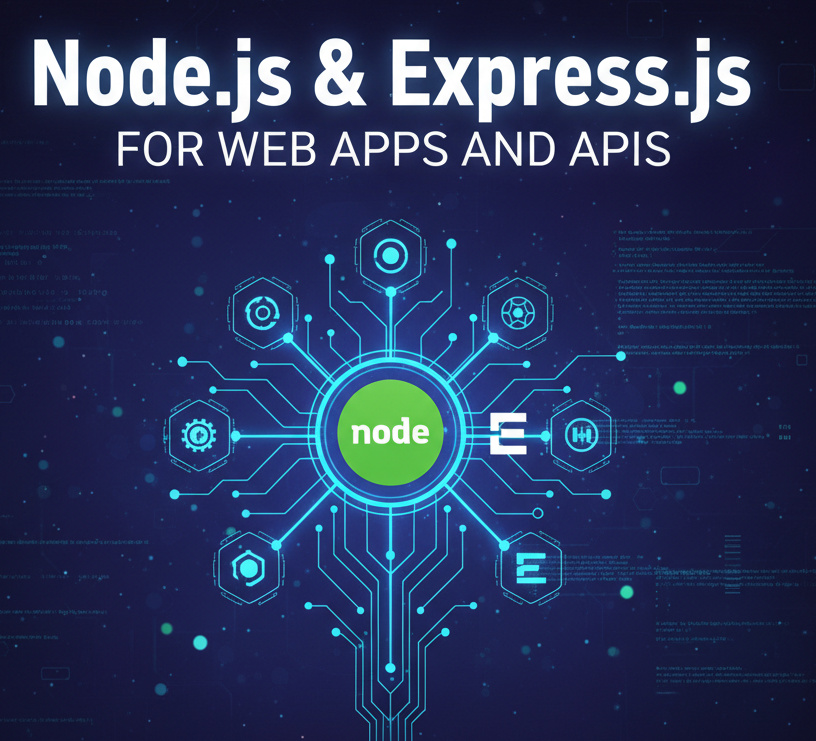
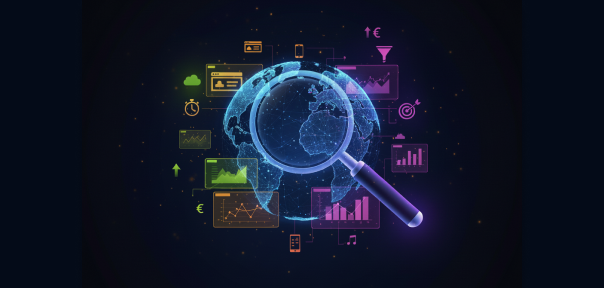
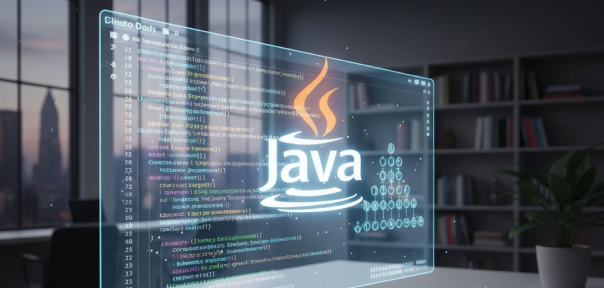
.png)
.jpg)


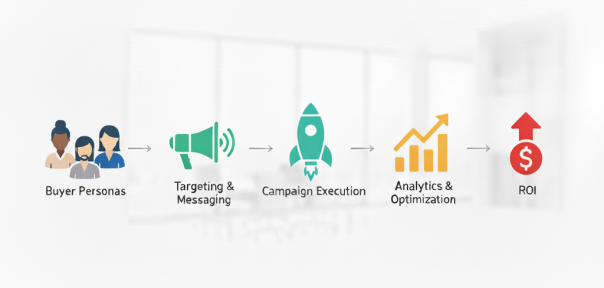
.jpg)
.jpg)
.jpeg)
.jpg)
.jpg)
.png)
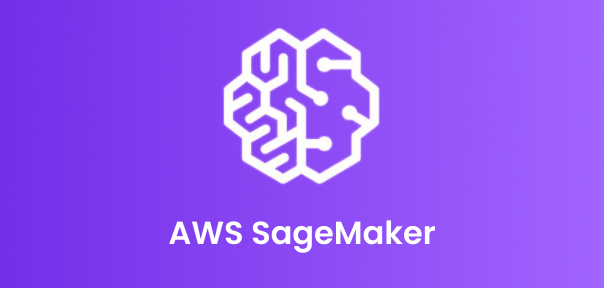
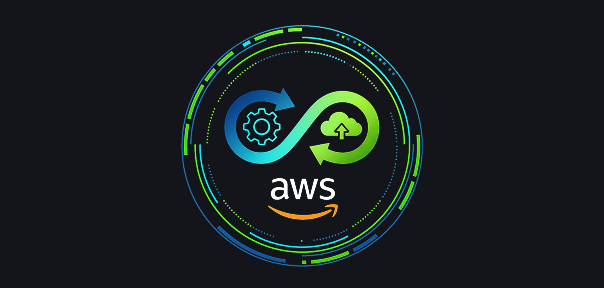
.png)
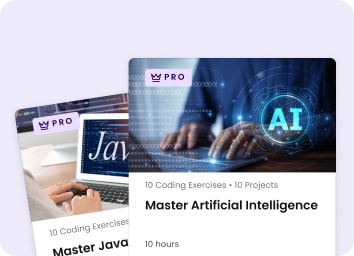
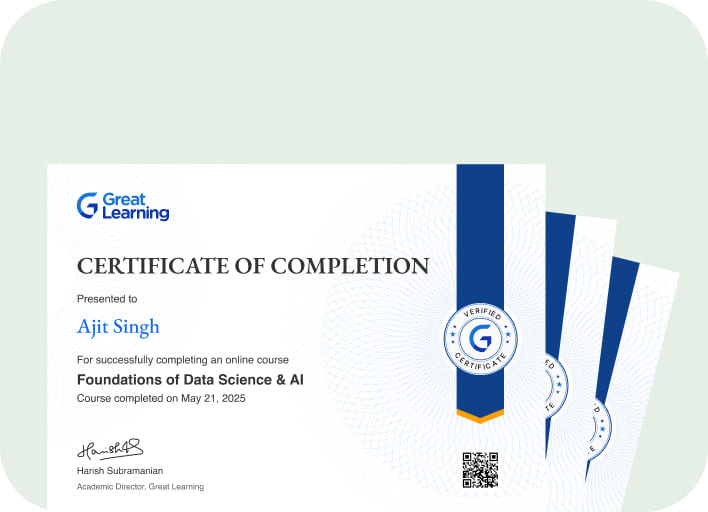
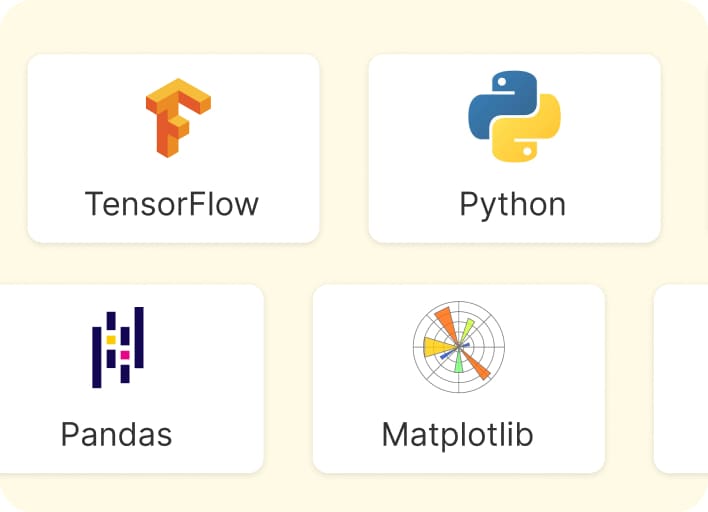
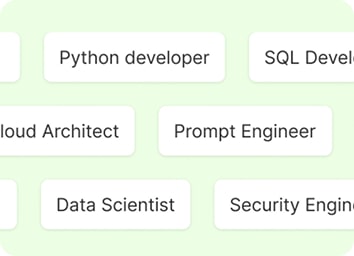

.jpg)

